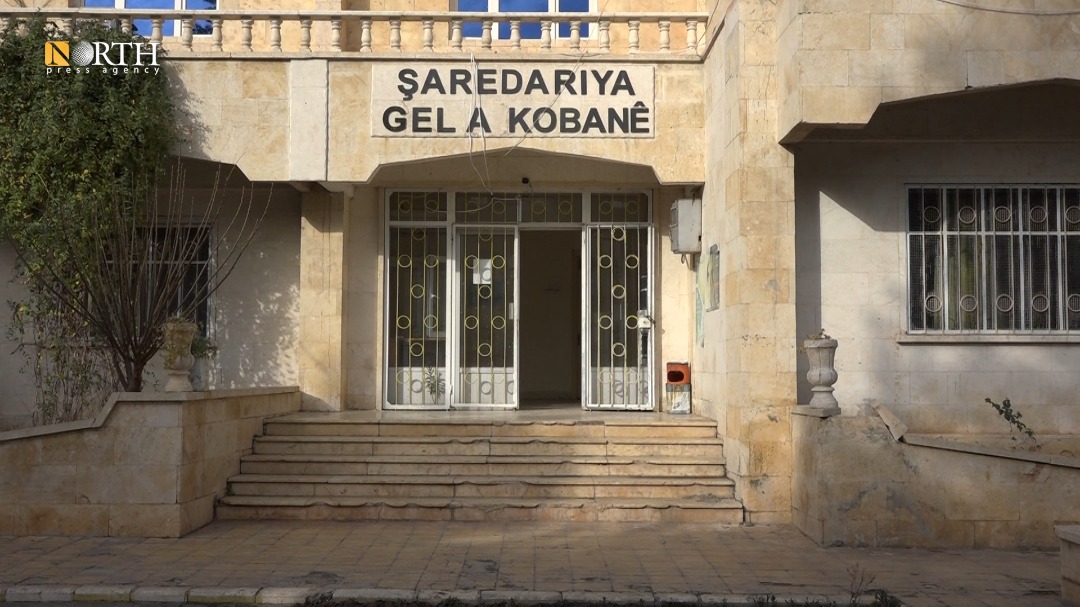Budget for fulfilling projects in Syria’s Kobani insufficient
KOBANI, Syria (North Press) – The allocated budget of 2022 to the municipality of Kobani, north Syria, by the Autonomous Administration of North and East Syria (AANES) is insufficient to fulfill a quarter of the projects suggested by the municipality, co-chair of People’s Municipality of Kobani, Nazmi Muhammad, said on Saturday.
The AANES allocated about 310,000 US dollar to Kobani’s municipality within the budget of 2022, according to Muhammad.
The deputy co-presidency of the Executive Council of the AANES, Amina Ossi, said the investment budget for 2022 is $80 million, 70% of which will be allocated for the autonomous and civil administrations, and 30% for the AANES.
Muhammad told North Press that the municipality applied for a plan to implement projects in the total estimated value of $2,1 million during 2022 which is much more compared to the allocated budget.
Residents of Kobani complain about the decline in services provided by the People’s Municipality in comparison to the last year especially those related to paving routes, expanding sewage and drinking water networks in addition to lighting systems on streets.
Meanwhile, the projects included in the plan are all “vital and necessary projects for the city.”
The projects included in the plan for 2022, “lighting streets, paving routes, water drains, in addition to maintaining gardens and establishing new ones,” according to the co-chair of the municipality.
As a result of not obtaining budget of 2021 and that of the last quarter of 2020, projects included in the plan for 2021 by the Kobani municipality were not fully implemented, especially paving the roads.
On April 28, the AANES set 2,472 billion Syrian pounds (SYP) as a general budget for 2021.
It announced that 52% of the 2021 budget has been allocated for investment in the regions, while 48% was allocated to the General Administration of northeast Syria.
Muhammad pointed out that the lack of an adequate budget to implement service projects, at the time, forced them to rely on residents’ participation in bearing the costs of paving the streets with the municipality.

